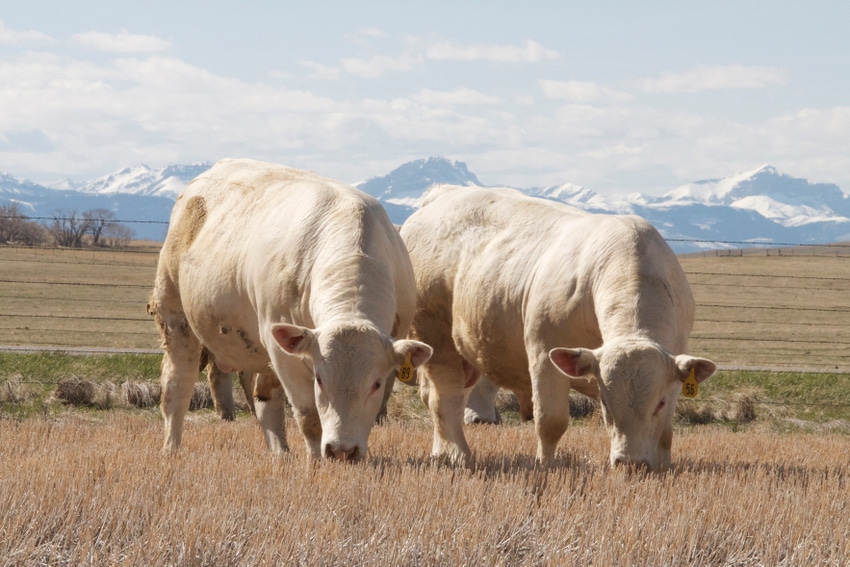Bull prices likely moving higher
Seedstock 100 suppliers predict bull prices likely will go up in 2018, especially when it comes to bulls that are worth the extra dollar.
December 28, 2017

If you believe most buyers determine what price they’re willing to pay for bulls at least partly on how much their last calves were worth, then you’d expect spring bull prices to be higher on average than last year. Strength at fall sales certainly gave credence to the suggestion.
That’s the way it was for the fall sale at Dalebanks Angus in Eureka, Kan., where Matt Perrier says optimism ran high among buyers. In his family operation, the average bull price usually tracks closely to six times the value of a steer calf weighing 550-600 pounds.
So, Perrier says, “I think bull values will be higher on average this spring than last year, but I also think there are areas of the country where that may not be true.”
Moreover, Perrier believes there will be more producers looking for more bulls this spring than a year ago.
“We had a lot of our customers sell quite a few bulls in 2014 when weigh-up prices were so high, replacing them with younger ones,” Perrier explains. “They didn’t need to buy as many bulls last year, so this year I think they’ll need more.”
Likewise, Jason Hoffman at Hoffman Ranch in Thedford, Neb., says, “The calf market was pretty strong this fall, with calves bringing at least $200 to $300 per head more than the previous year. I think that adds confidence.”
Conversely, Hoffman says the depressed calf market in 2016 encouraged some buyers to hold off. Plus, he says, “I think last year, a lot of people didn’t buy bulls or buy as many, trying to get another year out of bulls they purchased when calves were so high.”
Between calf prices and last year’s brutal winter in his neck of the woods, Greg Shaw at Shaw Cattle Co. in Caldwell, Idaho, also sees more bloom in bull prices this year.
“A big percentage of our customers sell their calves on video in July and August. Those calves brought $15 to $20 per cwt more than the previous year. I think that will be reflected in the price of bulls. I look for spring bull prices to be a little higher than last year,” Shaw says. “The fall market was up and we’ve seen more activity in our private treaty sales. We didn’t raise the price much, but a little.”
Kenny Hinkle of Hinkle’s Prime Cut Angus at Nevada, Mo., believes bull prices will be solid to stronger for bulls coming from seedstock suppliers who offer customers the complete program of genetics and services that help them meet their goals. On the other end, he sees a glut of bulls on the horizon, due in part to some seedstock producers holding over bulls from last year that they were unable to market. Hinkle also believes too many seedstock producers culled lighter the past couple of years, chasing expanding cow numbers and historically high bull prices in the recent past.
“There are way too many bulls out there. Not nearly enough bulls got cut across the seedstock business two and three years ago,” Hinkle says. “I think average prices will be lower this spring than last year, but that doesn’t mean they will be lower everywhere.” Or lower for every bull.
For instance, Hinkle says some commercial buyers are willing to pay as much for bulls today as they did a few years ago, when prices were at their historic zenith. Now as then, he explains, these kinds of buyers have specific herd goals and genetic demands. They fit into two groups in his operation: those who retain ownership in their calves through the feedlot, typically marketing on specific value grids; and those who may not feed cattle, but retain replacements and understand their production and marketing value.
Whether prices are up or down this spring, it’s hard to argue with the notion that the price spread will continue to widen between documented genetic solutions and the age-old cow freshener.
“The bulls that check all of the boxes — they’ll sell very well,” Perrier says. “And I think we’ll see a larger gap between those and just bulls.”
About the Author(s)
You May Also Like




.png?width=300&auto=webp&quality=80&disable=upscale)
